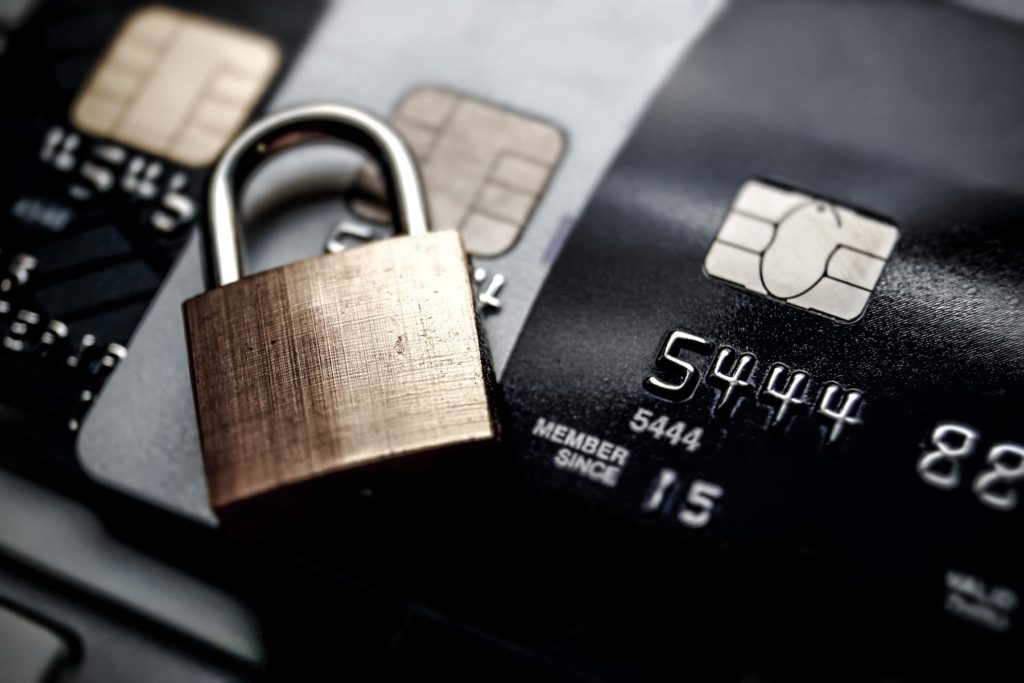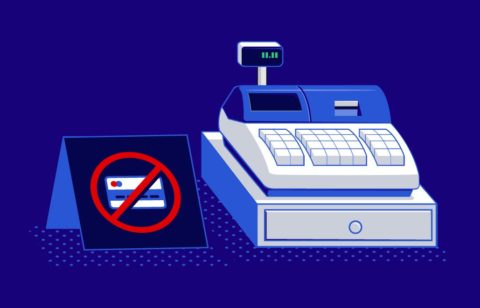If you’re not familiar with prepaid debit cards this is where you deposit a certain amount of money and then use the card to “draw” against your balance. Some of these cards require you to deposit $300 while others might require $500. In either event, when you make a purchase, the amount is deducted from your balance until it reaches zero. At this point you have two choices. You could either throw away the card or you load more money into it.
Becoming more and more popular
Prepaid credit cards have become increasingly popular over the past few years. In fact I have seen estimates that $77 billion were loaded onto these cards last year and this is expected to increase to $168 billion by 2015.
Why they are becoming so popular
There are some good reasons why these cards are becoming so popular. For example, parents have found that prepaid debit cards are a good way to give their teenagers money yet keep control of their spending. Prepaid cards make good gifts and are handy for travel as they represent a way to carry cash without really carrying cash. And prepaid debit cards are good for people who do not have bank accounts or who have spotty financial records and can’t get a conventional credit card.
The risks of prepaid debit cards
The biggest problem with prepaid debit cards is that they are a thief’s or money launderer’s delight. This is due to the fact that they are so easy to turn into cash. Plus, they can come with very large fees. The banks that issue these cards charge different amounts for issuing them, reloading them with additional funds or sometimes even when you just check your balance.
Stay safe
If you use or think you will be using prepaid debit cards, there are some things that you can do to protect yourself. You should choose a PIN and then keep it secure. Don’t write it down and put it in your wallet or, worse yet, write it on the back of the card itself. When you use the PIN be sure to position yourself so that others cannot look over your shoulder or photograph it.
Read the fine print
You should shop around for a prepaid debit card just as you would shop around for any purchase. That way you can make sure you get reasonable fees. It’s also important to read the fine print so that you will know what these fees are. They could be everything from a balance inquiry to reloading the card or using out-of-network ATMs.
Know the rules
Make sure you understand the rules for replacing your card in the event that it gets lost or stolen. Be sure to have the card number, security code and customer service number written down and kept in a safe place.
Be return-ready
You may find that when you return an item, the store will require that the funds be added back to your prepaid debit card. This means it’s a good idea to make sure you hold on to it until you’re sure you won’t be returning anything that you bought with it.
Be careful how much you load on the card
A good rule of thumb is to not load any more money on a prepaid debit card than you could afford to lose. Since it’s very difficult to get a lost or stolen debit card replaced, you need to be sure that you could take the loss. In other words, if losing $500 would be a catastrophic blow to your financial life, don’t put $500 on a card. Keep it to something more affordable such as $200 or less. After all, you can always load more money onto the card.





